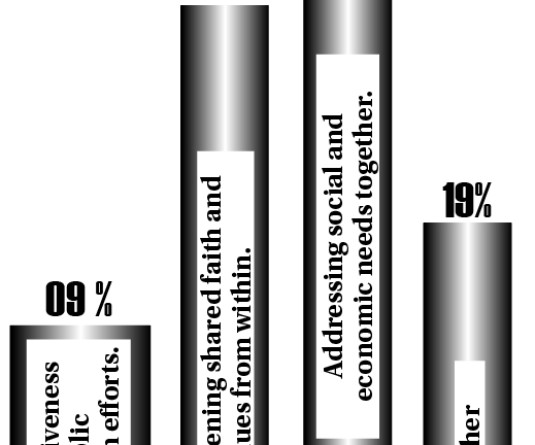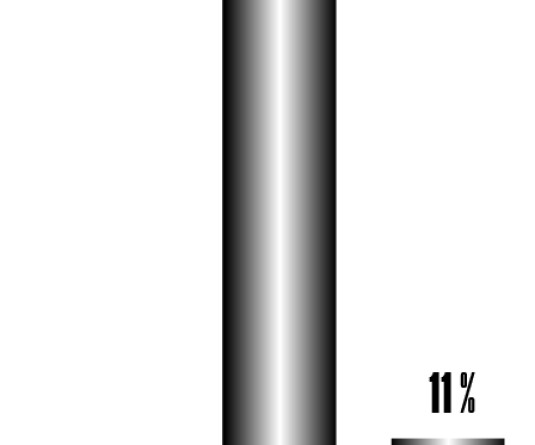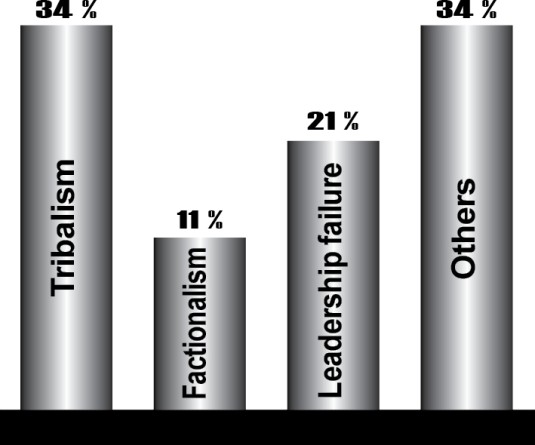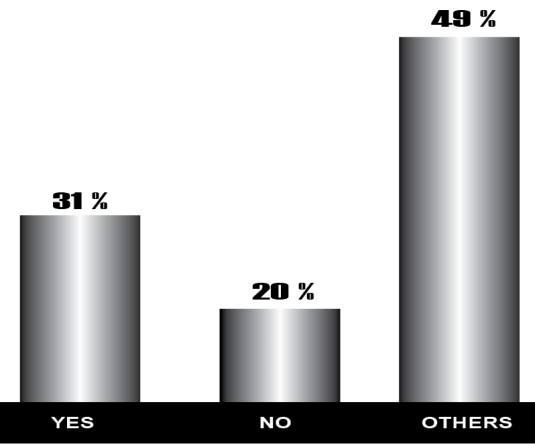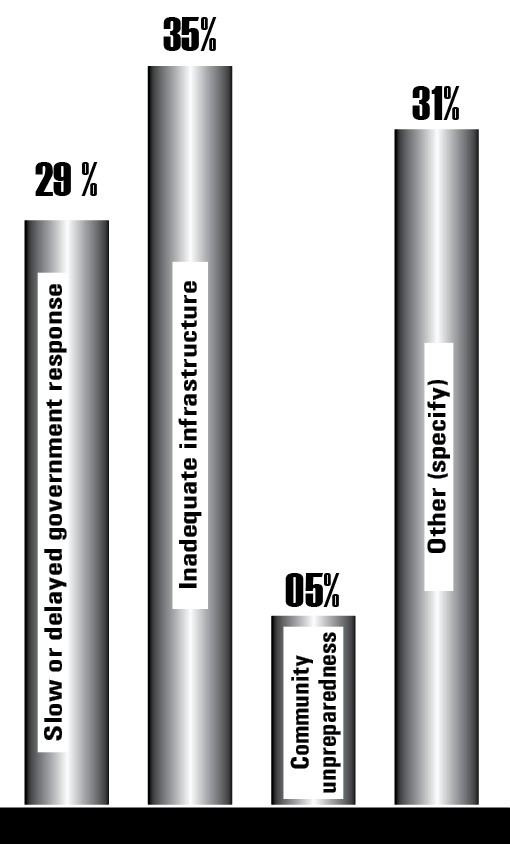
Slow or delayed government response:
• Corruption
• Lack of government efforts for long term mitigation as they are only focused on short term mitigation
Inadequate infrastructure:
• Disasters like flood and landside are caused due to the lack of proper infrastructure and the civic of society. Firstly, lack of proper drainage construction at every percolating sites (necessary). And secondly, governments failure to check on those properties which are constructed on encroaching public spaces ( usually kept for drainage). And to prevent landslide, drainage is necessary as well as unnecessary stone quarry should be minimized and most importantly community awareness on tree plantation.
• The biggest challenge in disaster management in Nagaland is inadequate infrastructure. Because of the hilly terrain, weak roads, poor connectivity, and limited hospitals/shelters, relief operations get delayed even if the government responds quickly. Remote villages remain cut off during floods and landslides, making rescue and aid very difficult. Other issues like slow response and community unpreparedness matter too, but weak infrastructure is the root problem.
• There are no proper infrastructures as well as capacity building for such disasters if such a thing ever happens in Nagaland. Just a bit of unusual rain and then the road and drains disappear; let’s not talk about other natural calamities!! Let’s start and build up on this.
• Unplanned and insufficient infrastructure to face unaware situations of natural calamities
• Unqualified leaders, administration and engineering
• Without infrastructure, no amount of knowledge or awareness will be helpful for disaster mitigation, management and response.
Community unpreparedness:
Others:
• All of the above
• All the points listed are included. Slow or delayed government response – Relief and emergency services often take too long to reach affected areas. Inadequate infrastructure and equipment – Narrow roads, insufficient emergency facilities, and lack of proper equipment for firefighters and rescuers hinder timely action. Community unpreparedness – People often ignore safety measures until the day a disaster occurs and they would then complain and blame it on govt. Other factors – Congested housing, unsafe construction, and poor planning make rescue operations harder. All these challenges make disaster management very difficult. No one wants to be held responsible – the public blames the government, the government blames other... Some challenges may be difficult or may take time to address, but others like providing proper equipment to firefighters and the disaster response team are straightforward solutions that can be implemented immediately. But the real question is, when will the government actually provide them? Will they ever? Or only after they risk and lose their lives while saving others? Have they ever thought about it?
• Efficient governing system and policy that create a disaster resilient infrastructure and scientific long term solution based mitigative efforts.


